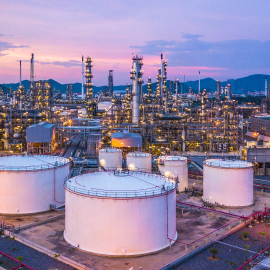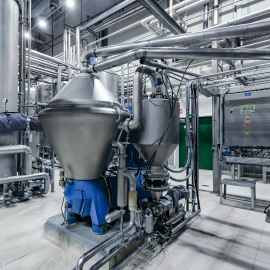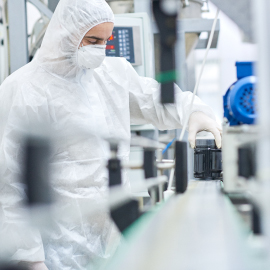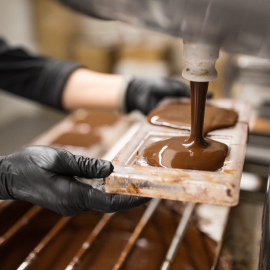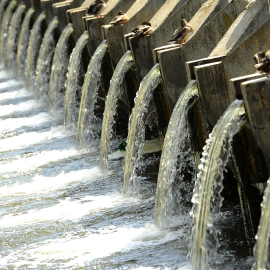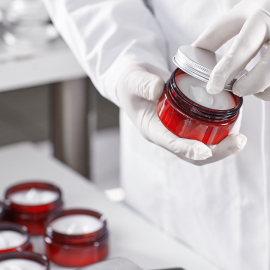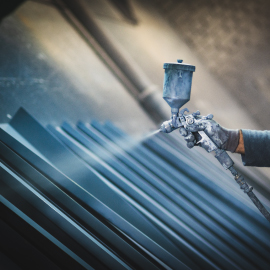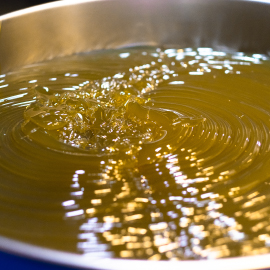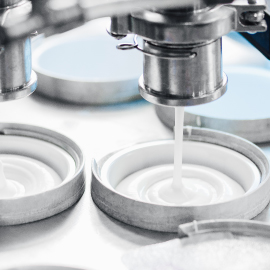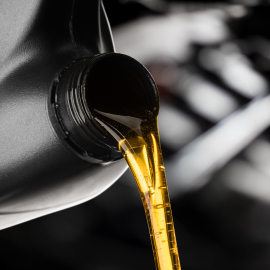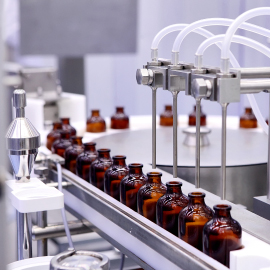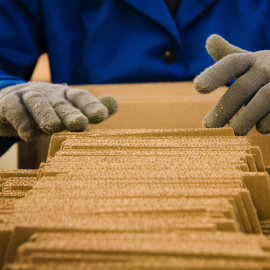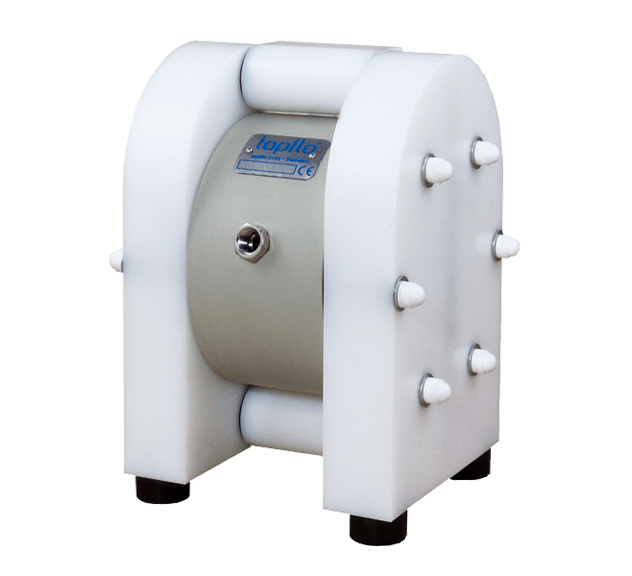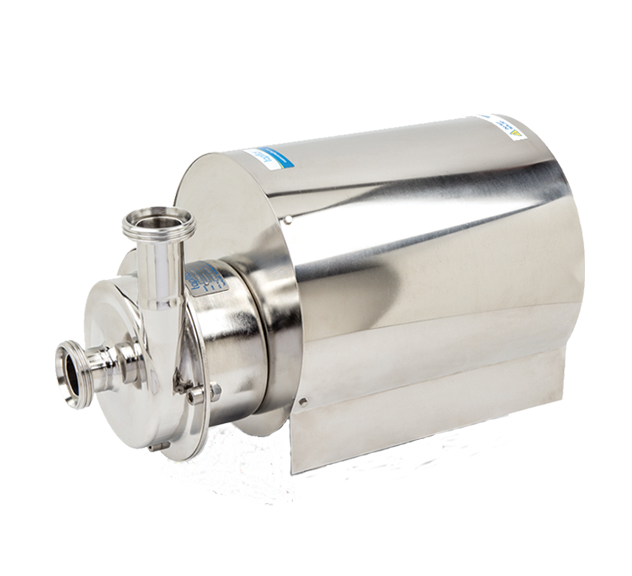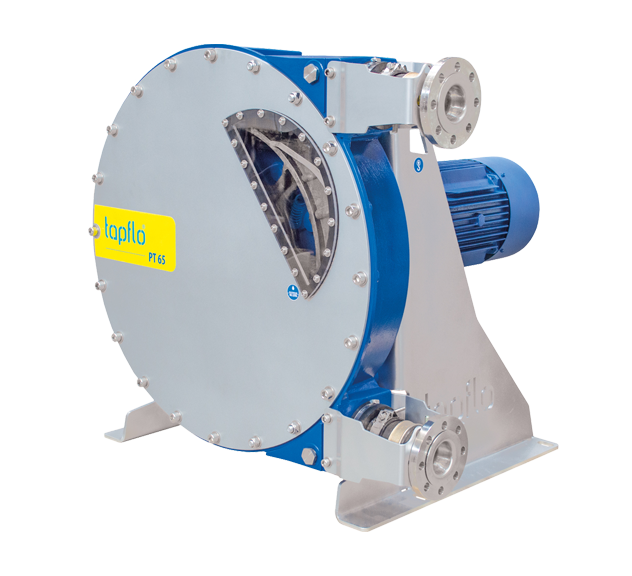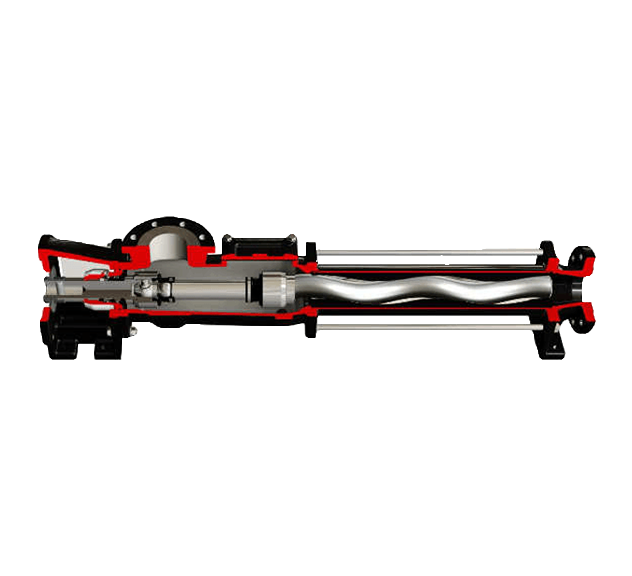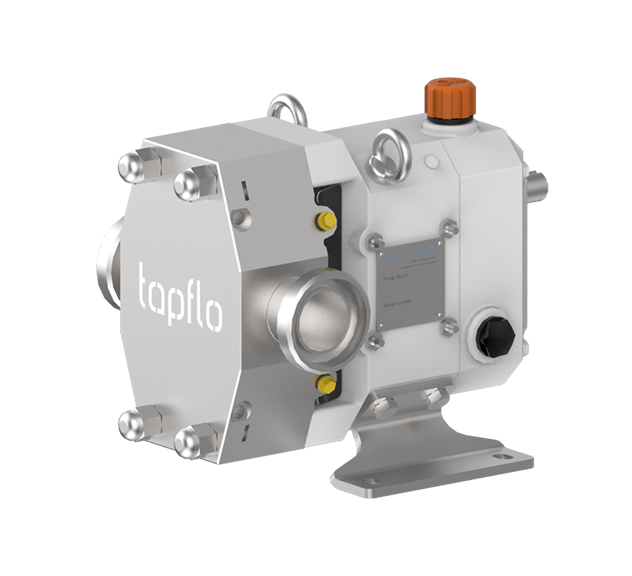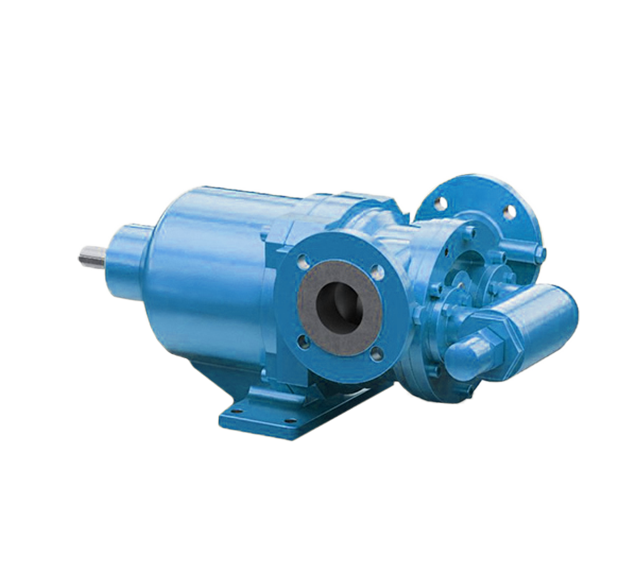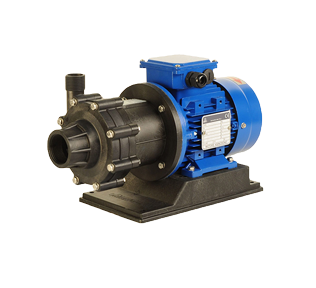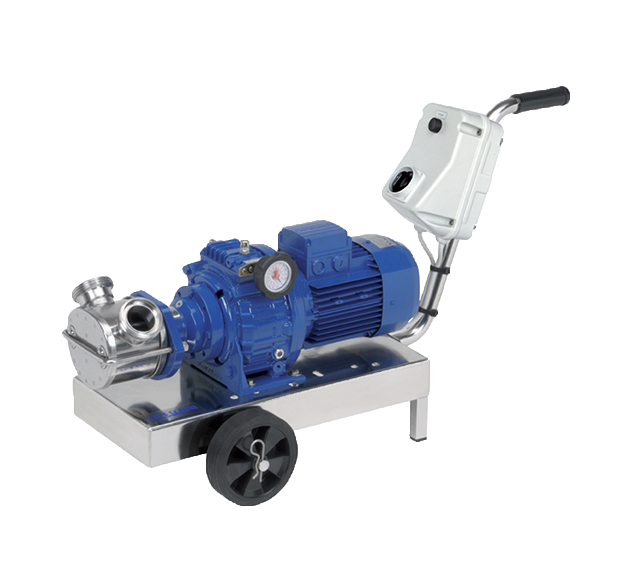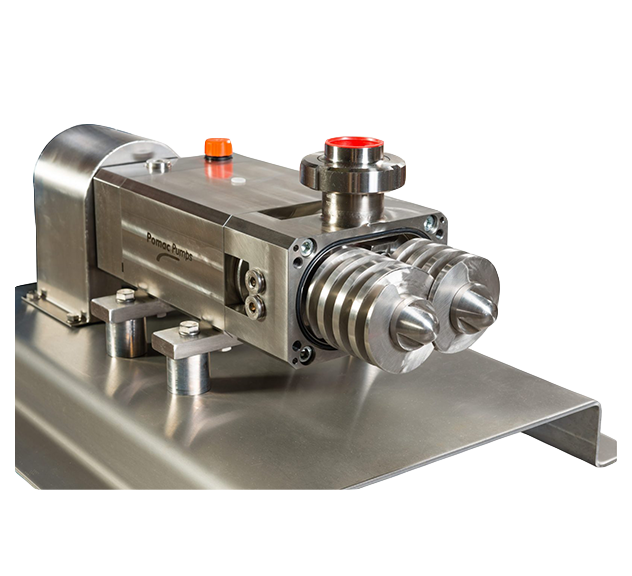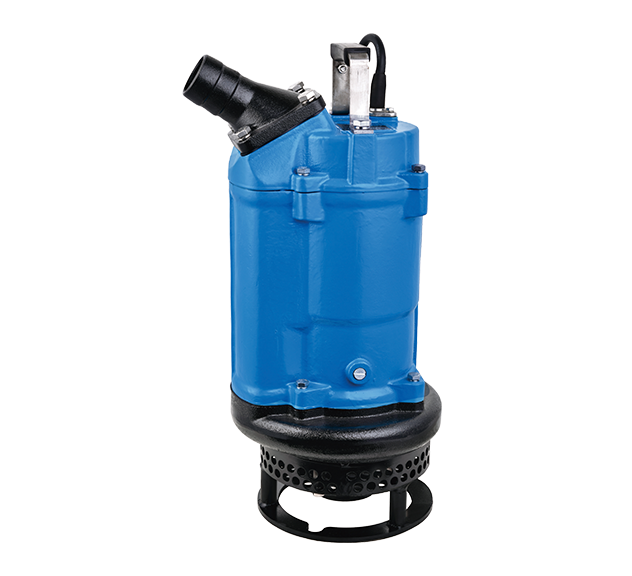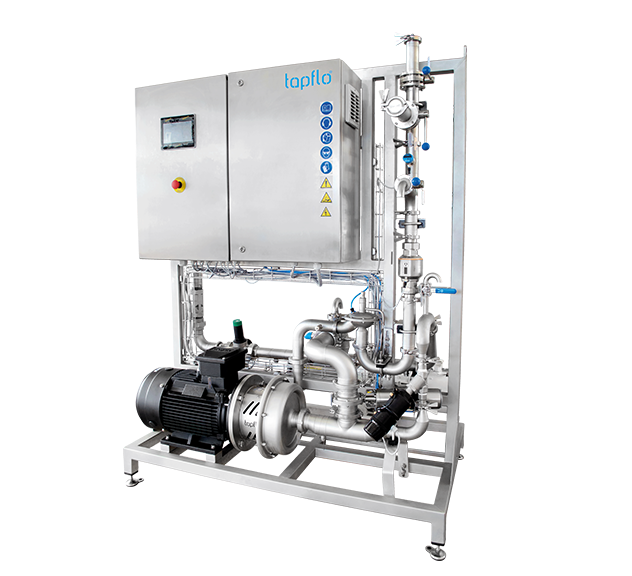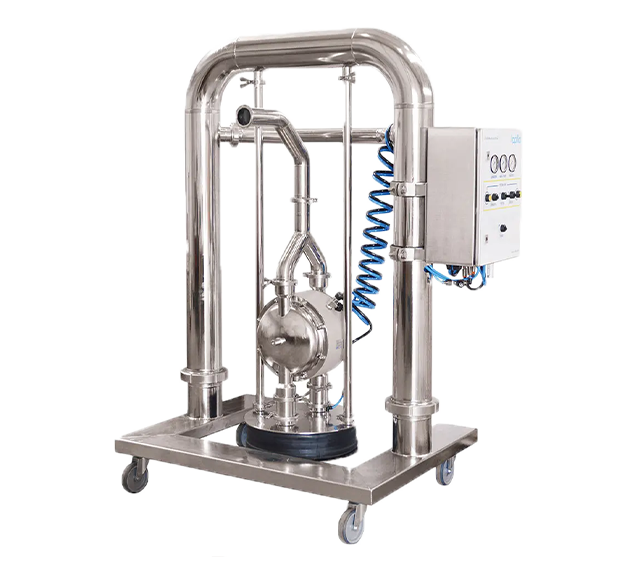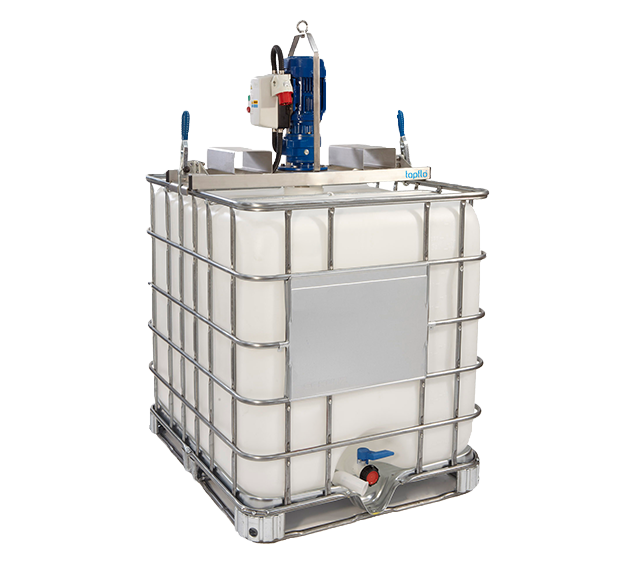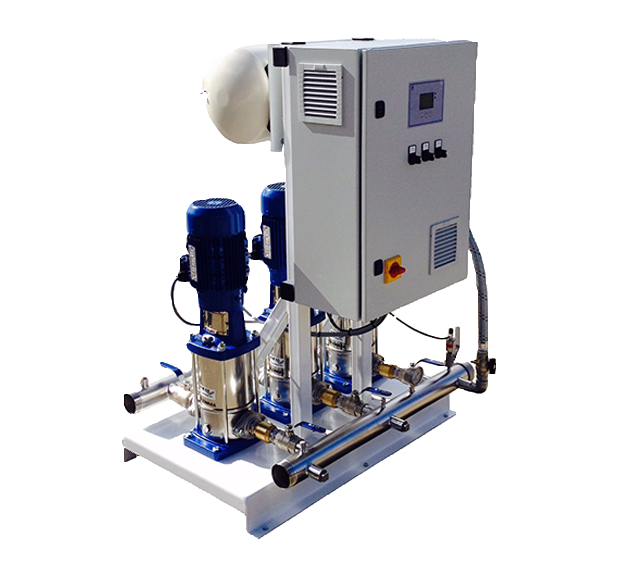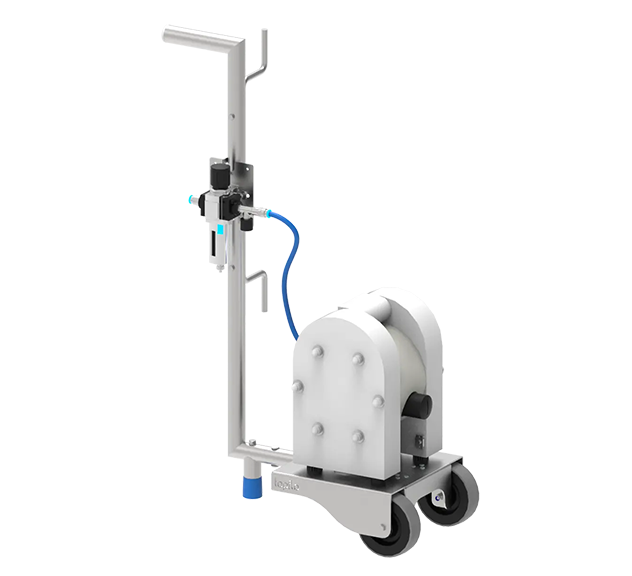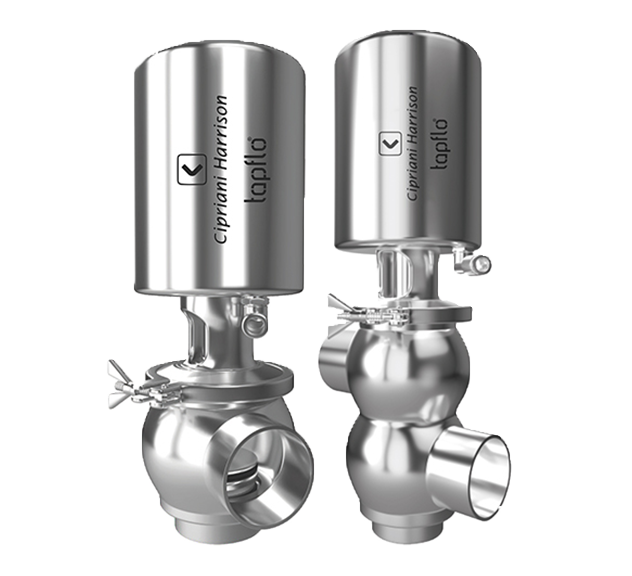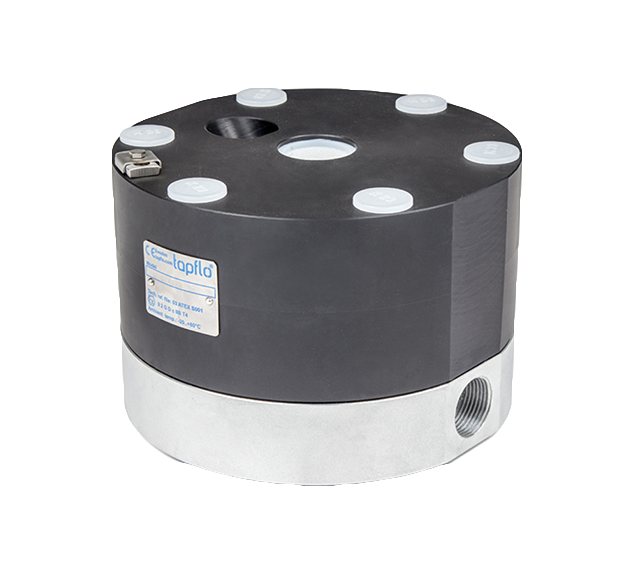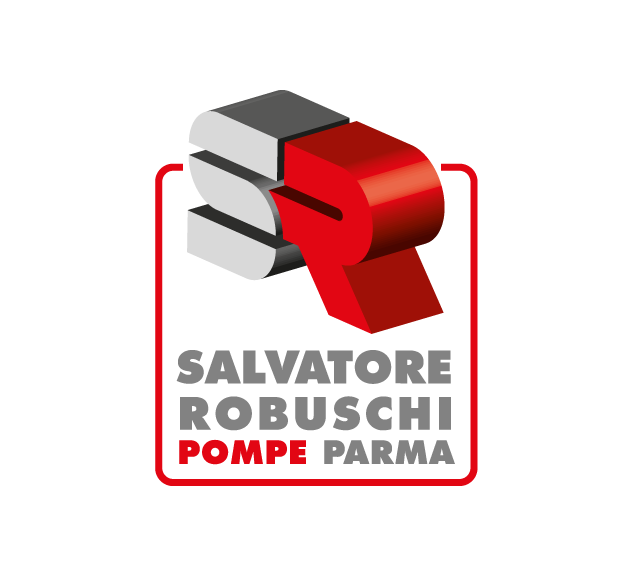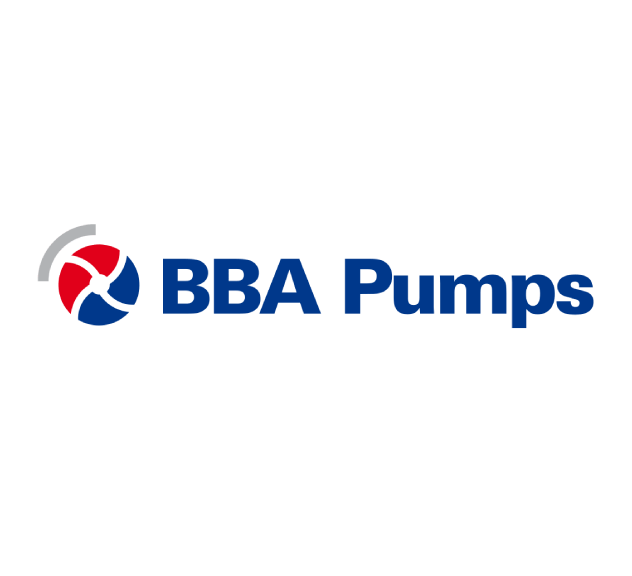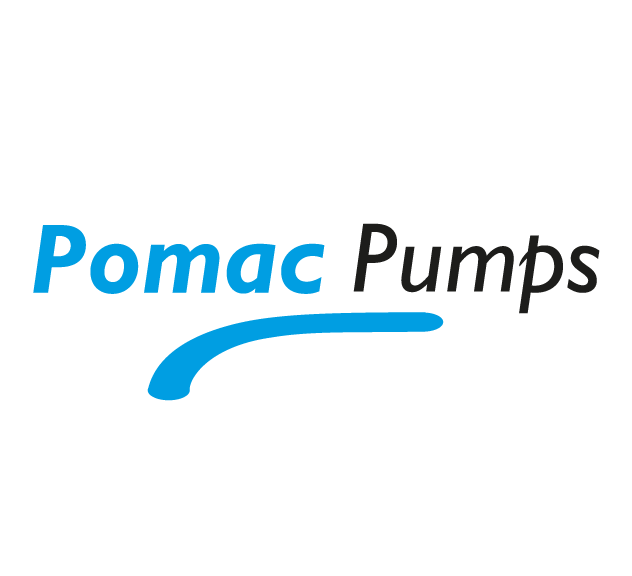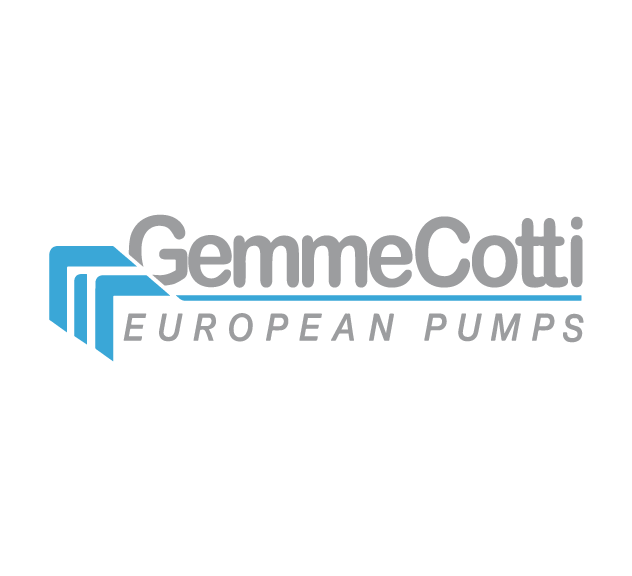What is a Self Priming Pump?
A Self Priming Pump is a pump capable of drawing liquid from something like a tank or bath that is below the pump’s inlet.
Self Priming Pumps are used in installations where the pump is above the fluid being pumped, such as above a storage tank and depending on the make and model, can pull anything from sea level to 9m. It is also important that you are sure your application and installation require a self-priming pump because, in some instances, these pumps can be less efficient than non-self-priming pumps but if you’re not sure, this is something a sales person will be able to help you with.
Some pumps require flood casing in order to achieve self-priming, whilst others can dry run and automatically self-prime.
Examples of Self Priming Pumps
There are a variety of pumping technologies that can self-prime include Diaphragm Pumps, Rotary Gear Pumps, Flexible Impeller Pumps and Lobe Pumps. Below is a list of the Self Priming Pumps available at Tapflo UK.
Diaphragm Pumps – Our AODD Pumps can self-prime suction 5m dry or 8m wet.
Peristaltic Pumps – These pumps can self-prime and have a suction of 9.8m dry or wet due to their operating principle.
Self-Priming Centrifugal Pumps – These pumps have 6m suction, but the head of the pump needs to be prefilled before use.
Twin Screw Pump – The Pomac Screw Pump, also available as a Double Screw Pump has a self-priming capability of up to 9 metres with water.
Flexible Impeller Pump – All of our Flexible Impeller Pumps (also known as Flexible Vane Pumps) are self-priming up to 6m dry.
Self-Priming Mag Drive Pumps – There are 2 ranges available as Self-Priming Pumps, a Magnetically Driven Regenerative Turbine Pump which can self-prim eup to 5m and a Mag Drive Centrifugal Pump which has self-priming capabilities up to 6m.
There are several pumping technologies available that are not self priming pumps as standard and need some alteration, for example Centrifugal Pumps can’t self-prime as standard, the Tapflo Self-Priming Centrifugal Pump has a pump casing that is filled with liquid to allow for self-priming to be possible.
What type of installation would we recommend a Self Priming Pump for?
Before deciding whether you require a Self Priming Pump, it is important to know whether your pump will be installed above the fluid or below it. If your pump will be installed below the fluid, the weight of the fluid will force your product into the pump, therefore you won’t require a self-priming pump. However, if your pump is going to be installed above the fluid, the pump will be pulling product out of the tank or storage container and it will be important to decide how much suction is required.
Your pump will be chosen based on the requirements of dry suction and wet suction, as the suctions often differ. For example, if the tank is 5.5m deep and the pump is installed above the tank, you could use a Self-Priming Centrifugal which has a suction of 6m, but if your tank was 9m deep, you would require a Peristaltic Pump or a Diaphragm Pump.
Therefore, we would recommend self-priming pumps for installations where the pump is required to be above the fluid.

